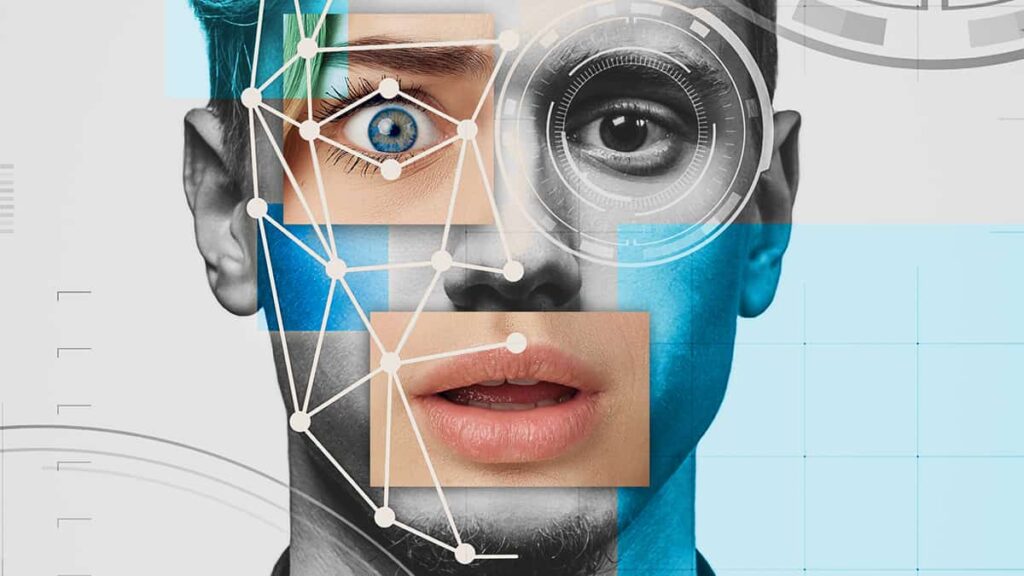

Deepfakes are artificial intelligence (AI)-generated images, videos, or audio recordings that are created to appear authentic but are actually manipulated to deceive viewers. They are created using a machine learning technique called Generative Adversarial Networks (GANs), which involve training two neural networks against each other to create a realistic output.
Deepfakes have gained attention for their potential use in spreading fake news, manipulating public opinion, and committing fraud. They can be used to create convincing fake videos of public figures saying or doing things they never actually did, which could be damaging to their reputation or cause harm to others.
However, there are also positive applications of this technology, such as in the entertainment industry, where deepfakes can be used to create realistic special effects, or in the medical field, where they can be used to train doctors and simulate surgeries.
It is important to be aware of the existence of deepfakes and to approach media consumption with a critical eye. To detect deepfakes, researchers are developing techniques such as analyzing facial expressions, voice patterns, and even the way people blink in videos.